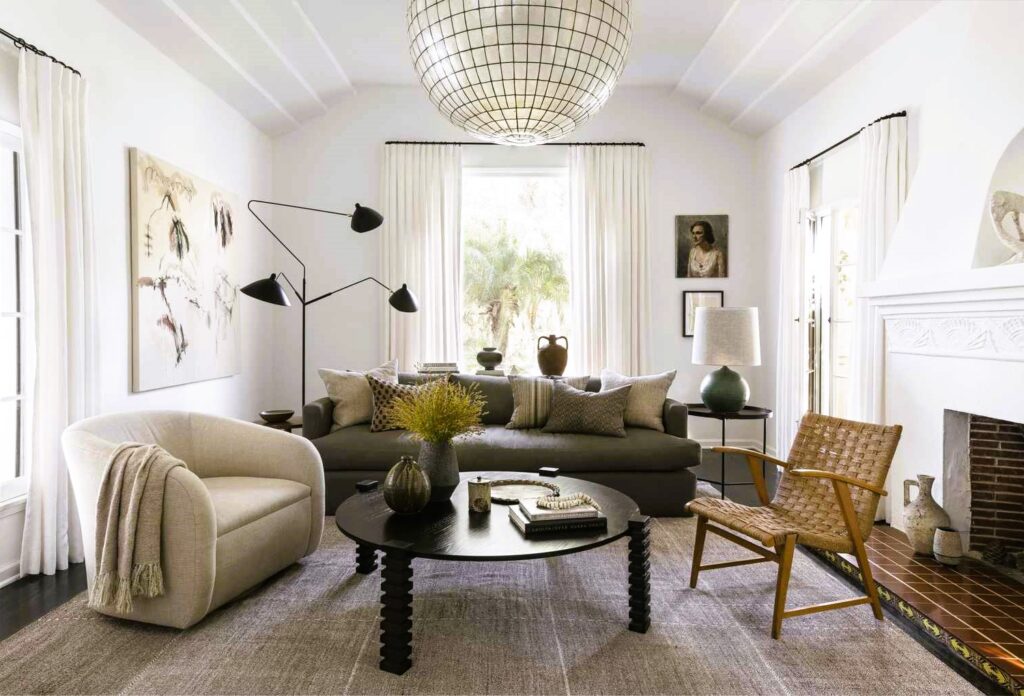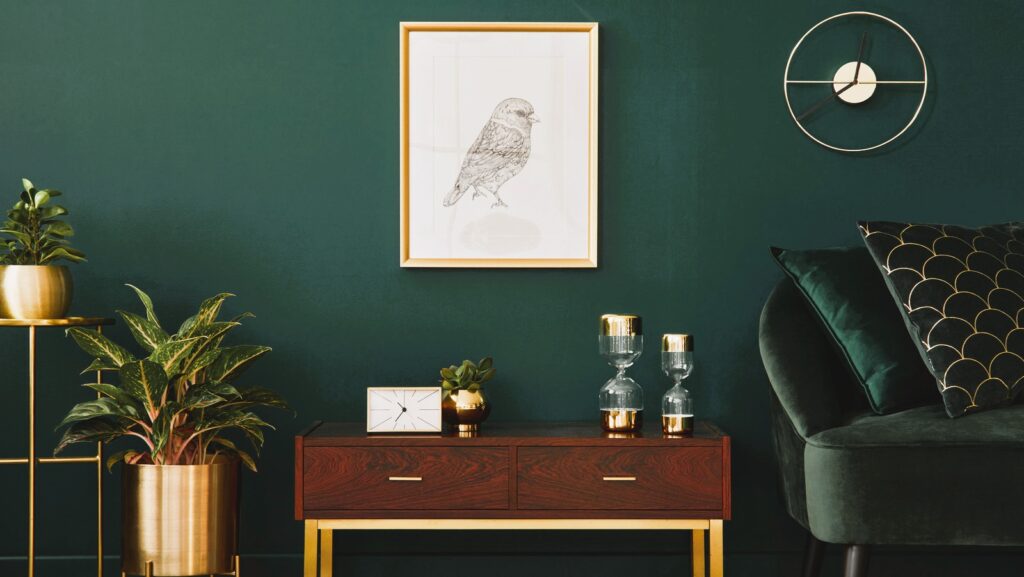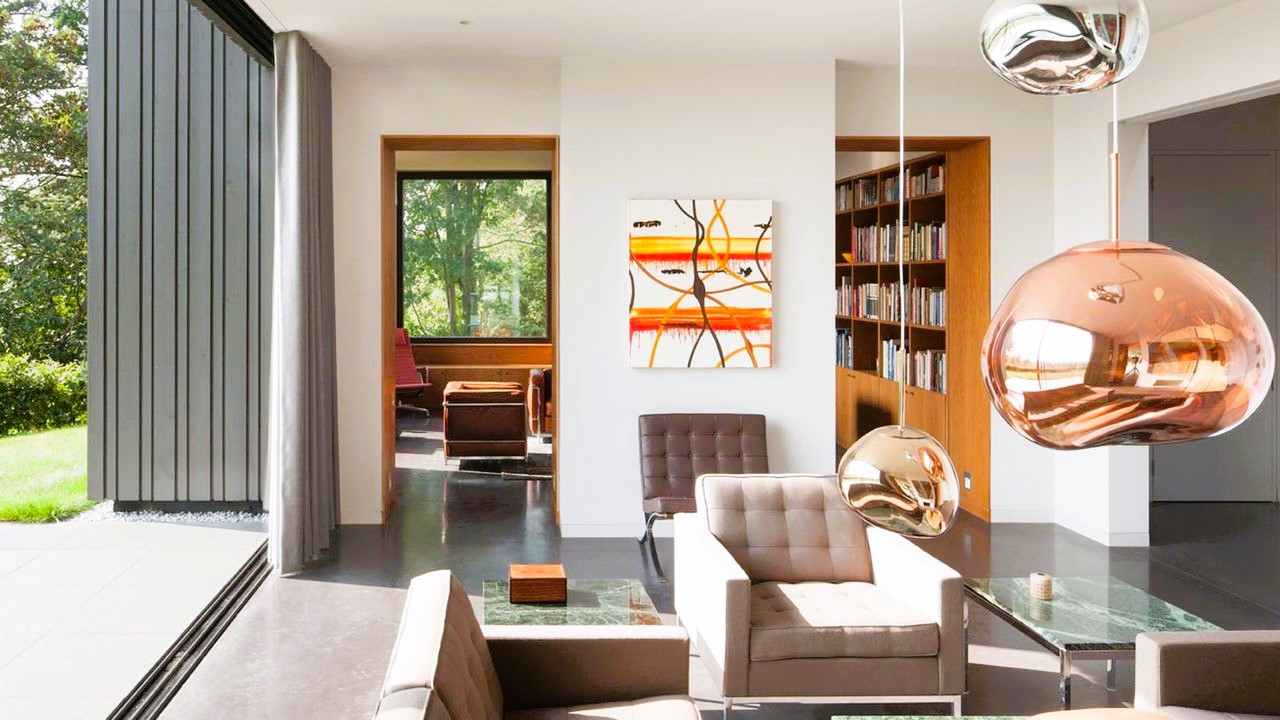Vintage vs. Modern: Finding Your Furniture Aesthetic
When it comes to decorating your home, one of the most significant choices you’ll make is the style of furniture you select. Your furniture plays a pivotal role in setting the tone for your living space, and it often reflects your personal taste and aesthetic preferences. Two popular styles that have endured the test of time are vintage and modern. In this article, we’ll explore the characteristics of each style, their unique appeals, and how to determine which one aligns with your furniture aesthetic.
Vintage Furniture: Timeless Elegance with a Story
Characteristics of Vintage Furniture:
- Age: Vintage furniture refers to pieces that are at least 20 to 100 years old. These items often carry a sense of history and craftsmanship.
- Materials: Vintage furniture is typically crafted from solid wood, which adds to its durability and character. Other materials, such as metal, glass, and fabric, are also prevalent.
- Design: Vintage furniture showcases a wide range of design styles, including Art Deco, Mid-Century Modern, Victorian, and more. Each era has its unique design features.
- Patina: The natural wear and aging of vintage furniture contribute to its charm. The patina, which includes signs of use and minor imperfections, adds character and authenticity.
Unique Appeals of Vintage Furniture:

- Timeless Elegance: Vintage furniture often features timeless designs that have stood the test of time. Pieces from certain eras exude a classic elegance that remains appealing.
- Sustainability: Choosing vintage furniture is an environmentally friendly choice as it promotes recycling and reusing existing pieces.
- Storytelling: Each vintage piece has a story to tell, from its previous owners to the historical context of its era. Owning vintage furniture connects you to the past.
- One-of-a-Kind: Vintage furniture pieces are unique and may not be readily available in modern retail stores. They can serve as statement pieces in your home. Like the article? Read also about Furniture materials.
Modern Furniture: Sleek and Functional Minimalism
Characteristics of Modern Furniture:
- Clean Lines: Modern furniture is characterized by clean, straight lines and minimalistic design. It often emphasizes functionality and simplicity.
- Materials: Common materials used in modern furniture include metal, glass, plastic, and engineered wood. The focus is on sleek finishes and a polished look.
- Neutral Color Palette: Modern furniture tends to favor a neutral color palette, with whites, grays, and blacks dominating. Bold accent colors may be used sparingly.
- Innovation: Modern furniture often incorporates innovative design elements and materials, such as molded plastics and modular components.
Unique Appeals of Modern Furniture:
- Simplicity: Modern furniture embraces a less-is-more philosophy, creating spaces that feel uncluttered and open.
- Functionality: The emphasis on functionality in modern design means that furniture is often designed with practicality in mind. Multifunctional pieces are common.
- Contemporary Aesthetics: Modern furniture aligns well with contemporary interior design styles, making it a popular choice for those seeking a sleek and up-to-date look.
- Versatility: The minimalist design of modern furniture allows it to blend seamlessly with various interior styles, making it a versatile choice.
Choosing Your Furniture Aesthetic

Determining whether vintage or modern furniture is right for you depends on your personal preferences, lifestyle, and the overall ambiance you want to create in your home. Here are some considerations:
- Personal Taste: Consider which style resonates more with your personal taste. Do you gravitate towards the timeless elegance of vintage pieces or the sleek minimalism of modern design?
- Existing Decor: Take into account your current decor and how the new furniture will fit in. Vintage pieces may complement traditional or eclectic interiors, while modern furniture can enhance contemporary settings.
- Practicality: Think about your lifestyle and how you use your living space. Modern furniture may be more suitable for active households, while vintage pieces can add a sense of coziness.
- Budget: Vintage and modern furniture can vary widely in price. Determine your budget and explore options within that range.
- Mix and Match: Don’t feel restricted to one style. Many interior designs successfully combine vintage and modern elements for a unique and eclectic look.
Ultimately, the choice between vintage and modern furniture is a personal one. Your home is a reflection of your individuality, and selecting furniture that resonates with you will result in a space that feels truly yours.
For more information on furniture standards and regulations in Canada, you can visit the official website of Canada.ca. Understanding safety and quality standards is essential when selecting both vintage and modern furniture for your home.

